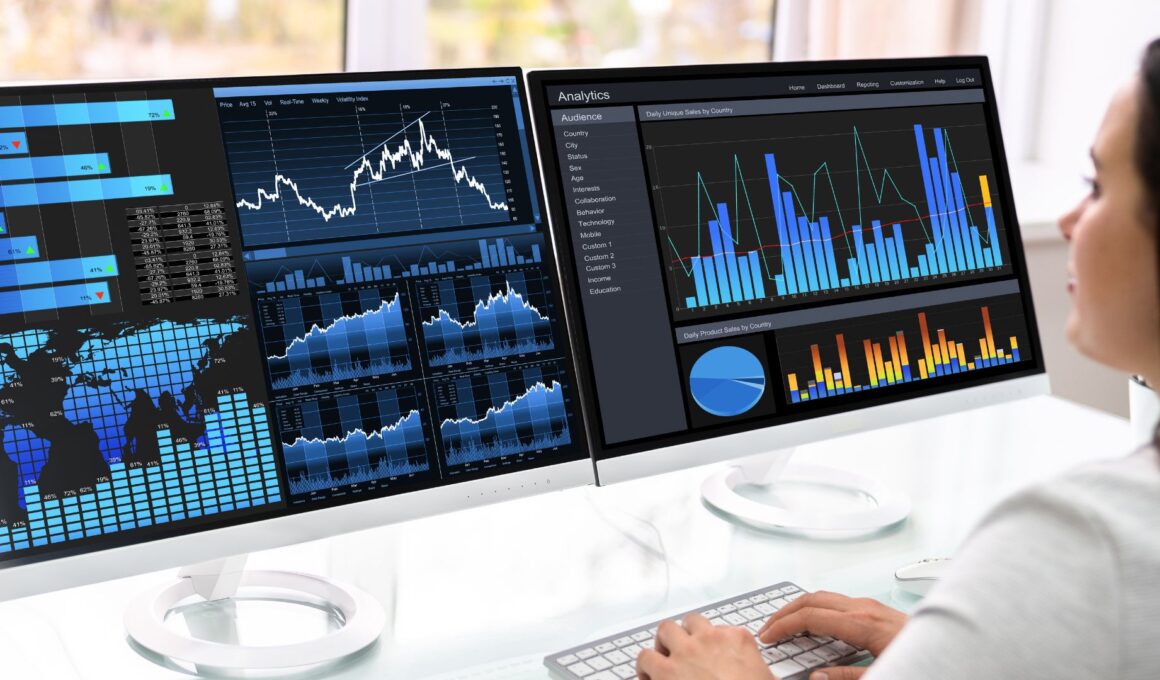Predictive analytics is the process of using historical data to predict future outcomes. This can be a powerful tool for pharmaceutical manufacturing companies, as it can help them improve efficiency, reduce costs, and improve quality.
Here are some of the ways that predictive analytics can be used in pharmaceutical manufacturing:
- Predicting demand: Pharmaceutical manufacturers can use predictive analytics to predict future demand for their products. This information can be used to optimize production schedules and avoid overproduction or underproduction.
- Identifying quality risks: Predictive analytics can be used to identify potential quality risks in the manufacturing process. This information can be used to prevent defects and ensure the quality of products.
- Optimizing production processes: Predictive analytics can be used to optimize production processes by identifying bottlenecks and inefficiencies. This information can be used to improve efficiency and reduce costs.
- Preventing equipment failures: Predictive analytics can be used to predict when equipment is likely to fail. This information can be used to schedule preventive maintenance and avoid unplanned downtime.
- Improving compliance: Predictive analytics can be used to identify and mitigate risks associated with regulatory compliance. This information can help manufacturers avoid costly fines and penalties.
There are a number of tools available for predictive analytics in pharmaceutical manufacturing. Some of the most popular tools include:
- Machine learning: Machine learning is a type of artificial intelligence that can be used to learn from data and make predictions. Machine learning algorithms can be used to predict demand, identify quality risks, and optimize production processes.
- Statistical analysis: Statistical analysis can be used to identify patterns and trends in data. This information can be used to make predictions about future outcomes.
- Data mining: Data mining is the process of extracting knowledge from data. Data mining algorithms can be used to identify potential quality risks, optimize production processes, and prevent equipment failures.
The use of predictive analytics in pharmaceutical manufacturing is still in its early stages, but the technology has the potential to revolutionize the industry. As predictive analytics continues to develop, it is likely to become an increasingly important tool for improving efficiency, reducing costs, and improving quality in pharmaceutical manufacturing.
Here are some specific use cases of predictive analytics in pharmaceutical manufacturing:
- Predicting drug safety: Predictive analytics can be used to predict the potential safety risks of new drugs. This information can be used to make informed decisions about drug development and approval.
- Optimizing clinical trials: Predictive analytics can be used to optimize clinical trials by identifying the best patients for the study and predicting the likelihood of success.
- Personalizing medicine: Predictive analytics can be used to personalize medicine by tailoring treatments to the specific needs of each patient. This information can be used to improve the effectiveness of treatment and reduce side effects.
- Improving supply chain management: Predictive analytics can be used to improve supply chain management by forecasting demand, identifying potential disruptions, and optimizing inventory levels.
- Preventing counterfeit drugs: Predictive analytics can be used to prevent counterfeit drugs by identifying counterfeiting patterns and trends.
These are just a few of the ways that predictive analytics can be used in pharmaceutical manufacturing. As the technology continues to develop, it is likely to become even more widespread in the industry.






